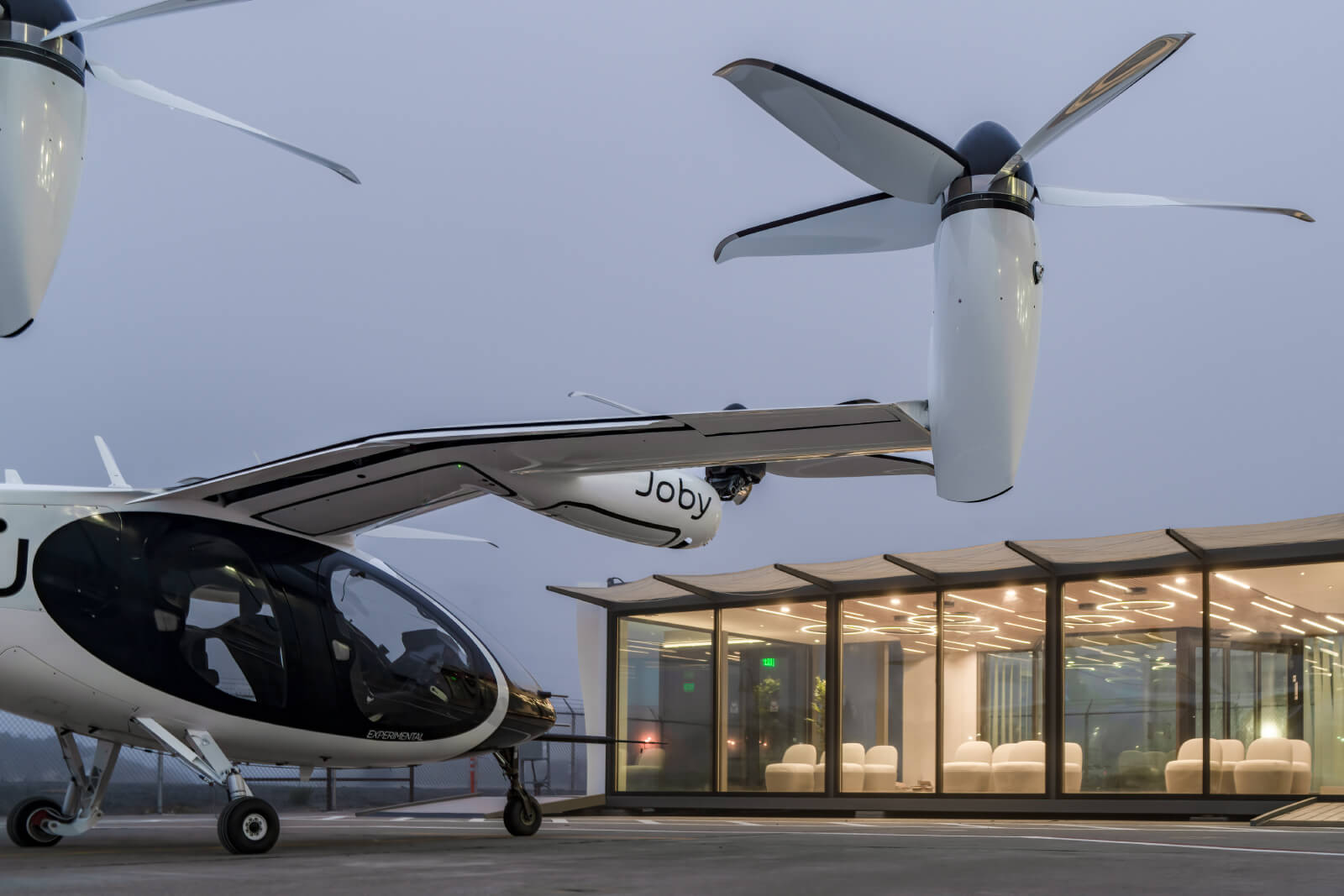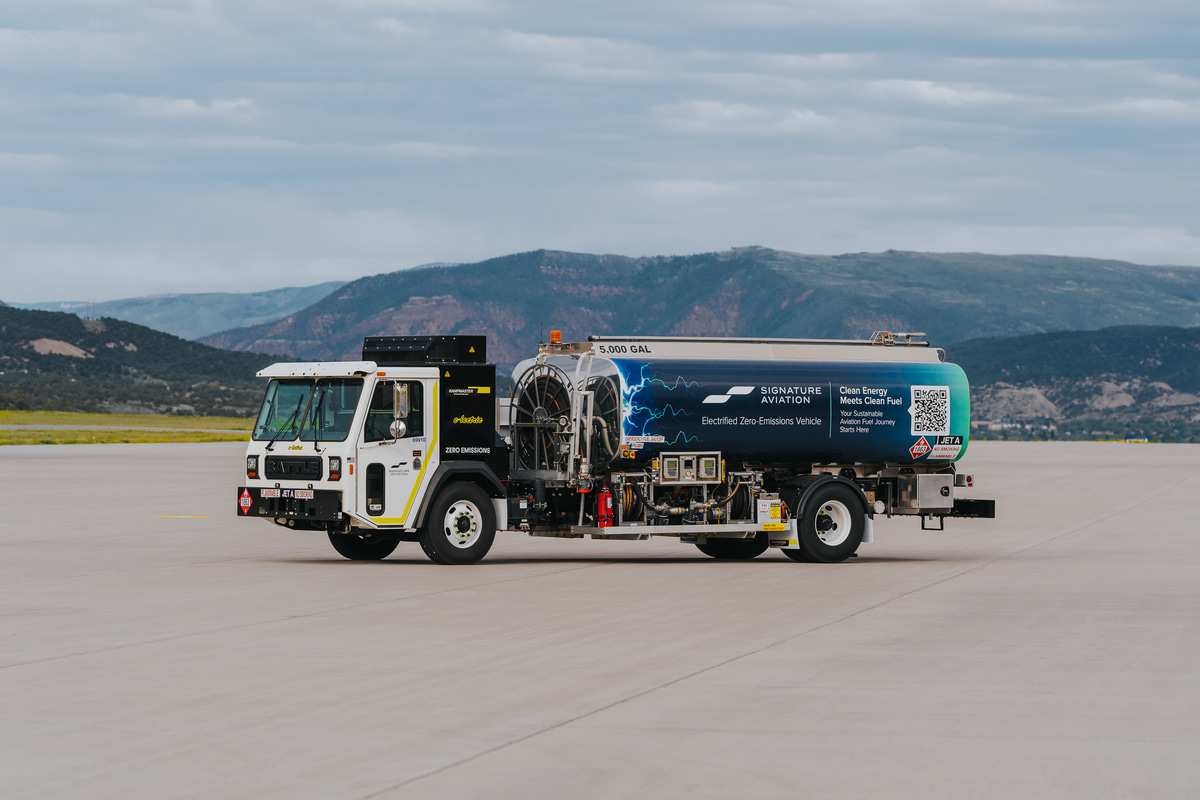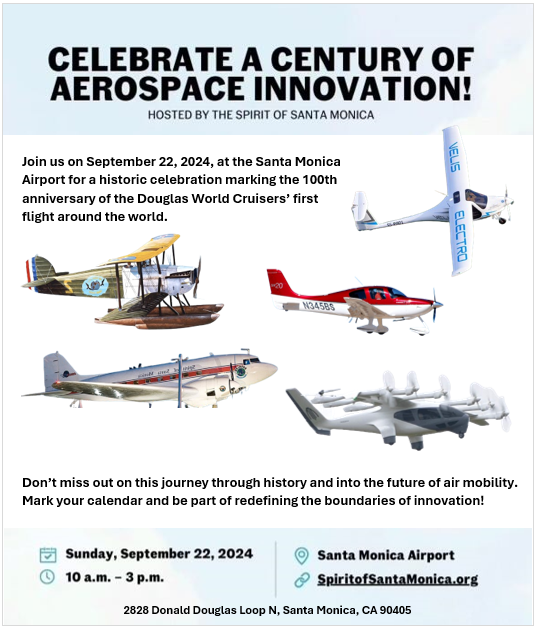
Electric ground support equipment (eGSE) is seen as a main contributor to improve the sustainability of aircraft ground handling. Several options are available for eGSE, but this type of equipment also has specific requirements, Mario Pierobon writes for Ground Support Worldwide. Continue reading original article.
The Military & Aerospace Electronics take:
30 January 2024 – A clear advantage of electric GSE over its internal combustion engine (ICE) variant is the net impact of Scope 1 and 2 emissions, affirms Tan Yen Ling, head of group sustainability at SATS.
“With the electrification of SATS’s baggage tractors in Singapore, for example, there is an approximately 5-percent improvement in carbon intensity for flight handling between 2019 and 2023,” she says. “Furthermore, with no tailpipe fumes and reduced noise pollution, electrification of our vehicle fleet can create a healthier working environment for our workers, particularly for workspaces such as warehouses and baggage handling areas.”
Electric GSE is deemed important to improve sustainability but, highlights Charles Galloway, dnata’s regional CEO, airport operations – Asia Pacific, dnata understands that electrification is not the only solution to its ground handling fleet strategy and that a mix of equipment types, including biodiesel, electric, hydrogen and hybrid must be considered.
“Some GSE types may be a better solution than others depending on the airport’s climatic conditions, GSE types and available infrastructure. We continue to support our global airport partners to prepare the infrastructure for further electrification,” he says.
The Military & Aerospace Electronics take:
30 January 2024 – A clear advantage of electric GSE over its internal combustion engine (ICE) variant is the net impact of Scope 1 and 2 emissions, affirms Tan Yen Ling, head of group sustainability at SATS.
“With the electrification of SATS’s baggage tractors in Singapore, for example, there is an approximately 5-percent improvement in carbon intensity for flight handling between 2019 and 2023,” she says. “Furthermore, with no tailpipe fumes and reduced noise pollution, electrification of our vehicle fleet can create a healthier working environment for our workers, particularly for workspaces such as warehouses and baggage handling areas.”
Electric GSE is deemed important to improve sustainability but, highlights Charles Galloway, dnata’s regional CEO, airport operations – Asia Pacific, dnata understands that electrification is not the only solution to its ground handling fleet strategy and that a mix of equipment types, including biodiesel, electric, hydrogen and hybrid must be considered.
“Some GSE types may be a better solution than others depending on the airport’s climatic conditions, GSE types and available infrastructure. We continue to support our global airport partners to prepare the infrastructure for further electrification,” he says.












